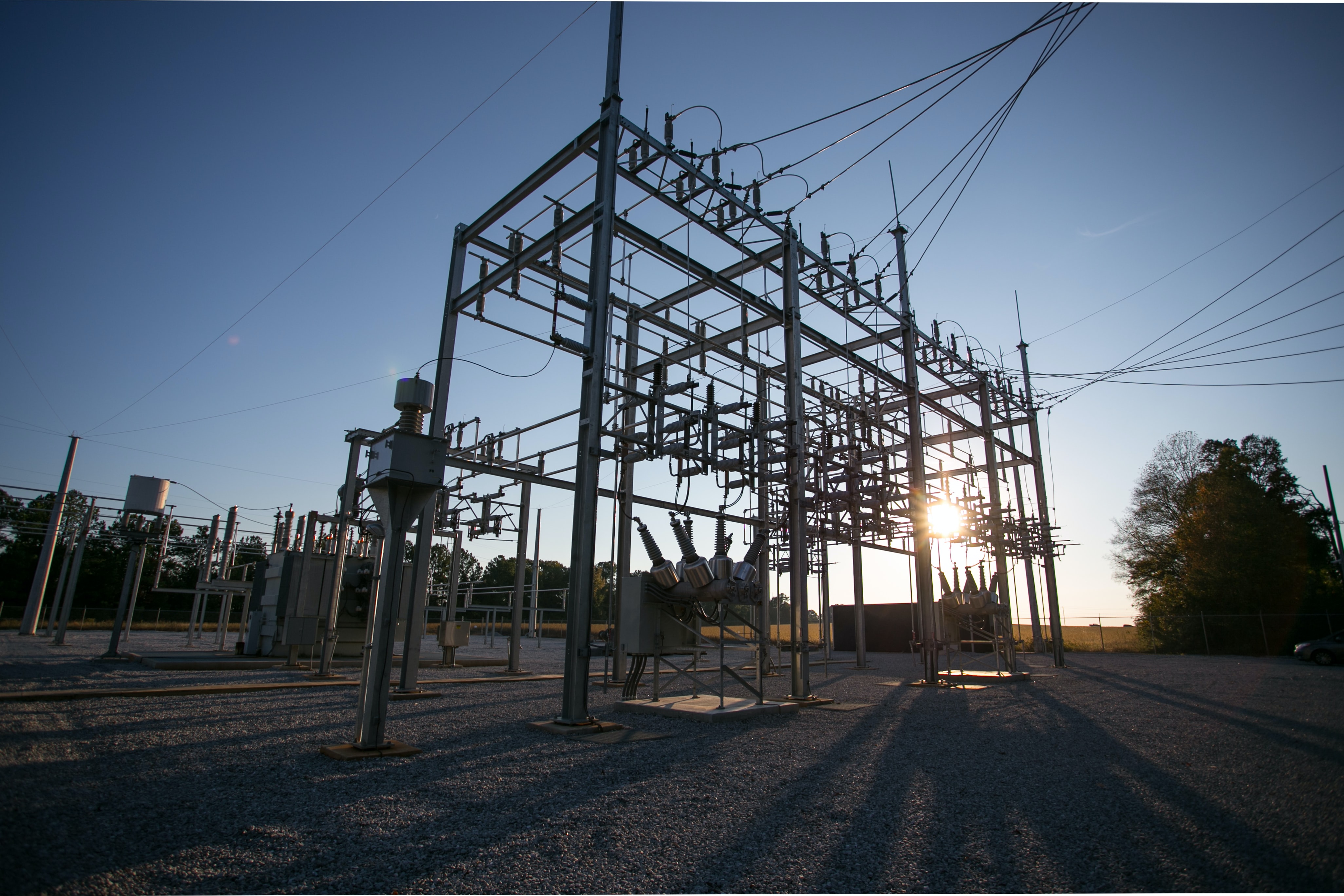The power sector has seen some pretty significant shifts in the last 20-30 years – and it’s now more important than ever for developers to understand their options surrounding power.
But before we get into that, it’s worth introducing the basics of the energy supply chain to give you a clearer overview of how these utilities end up in the buildings you develop.
Energy companies tend to operate across three key stages:
- Generation – the creation of energy at power plants, both large multinational and smaller companies work in this space.
- Transmission and distribution – the networks that transport electricity across the country (transmission) and into homes (distribution).
- Supply – the direct link between consumers and their energy supply. Suppliers purchase energy and sell it on to consumers.
Now we’ve identified how power gets to the homes you develop, let’s take a look at who is helping deliver it – and how the power sector sits currently.
State of the power sector
First off, let’s rewind to the Electricity Act of 1989 and the rise of the ‘Big Six’ energy companies that resulted due to privatisation.
These six large energy companies had a near monopoly over the market for over 30 years – but post-2010, the emergence of smaller providers made for a more competitive market.
And then towards the end of 2021, we saw another massive shift – the ongoing global energy crisis.
It’s already resulted in a lot of smaller energy suppliers going bust and is putting a huge amount of strain on those remaining.
Not only is the global energy crisis impacting suppliers, but it’s having a knock-on effect for consumers too.

Living costs and energy bills have greatly increased for households across the UK, as energy companies have had little choice but to hike up their prices and pass on the cost.
Ofgem recently stated that energy price caps have increased by as much as 54%. They are actively working to diversify energy sources and increase financial resilience to help stabilise the market.
But in the meantime these rises, combined with higher interest rates and consumer price inflation, have meant that homeowners are much more conscious of where their energy is coming from – and how much it’s going to cost them.
Which means, that as a developer, it’s something you need to pay more attention to too.
It’s now more important than ever to consider power
As we’ve seen above, there’s been a lot of flux in who is providing our energy. And this means that if power hasn’t been on your radar before, there’s no better time than now to start giving it more consideration (as your customers certainly will be).
Although you don’t have ultimate control over the final choices your consumers make over their energy supply, you can provide them with supplementary and sustainable energy sources as an alternative option.
In fact, despite there being less choice in terms of energy providers, there are more types of energy than ever before – particularly in the renewables space.
Renewable energy sources are those considered to have infinite potential for energy generation (and are more sustainable than fossil fuels), such as:
- Solar
- Wind
- Geothermal
- Hydro
Tapping into the demand for more sustainable options, whilst offering on-site power sources (like solar panels) that aren’t at the mercy of rising global energy costs, could be a smart play for developers right now.

The overheads for the initial build may be slightly higher, but can be absorbed by the premium sell price. Many homeowners are willing to spend more on environmentally-friendly homes, especially if it gives them reduced energy costs further down the line.
Read more here about how developers can benefit from sustainable swaps.
In this same vein, add-ons like charging points for electrical vehicles have upsell opportunity and are a draw for many consumers looking to make more sustainable choices. It’s also going to be a legal requirement soon so it's worth getting ahead of the curve now.
However, it’s important to consider whether the local power infrastructure will be able to support this additional demand.
With LandInsight, you can get information on sub-station capacity and much more – all in one place.

How LandInsight can help your power game
Through LandInsight, you can access all sub-station data (location and corresponding RAG status) in one easy-to-use map layer.
Simply select the Power Infrastructure layer from the drop-down menu on the Maps view in LandInsight and you’ll be able to instantly see all the sub-stations available in a specific area.
From here, you can identify whether they match the capacity you require and whether there are potential sites for development close by.
Click on opportunity sites to check if they match your criteria and use our drawing tools to map out the specific area you’d like to save to your Sites area for further consideration.
LandInsight’s power layer is available for all Unlimited customers upon request. Simply ask your Customer Success Manager and they’ll get it sorted for you.
Want to find out more?
Our Customer Growth team gave an overview of how LandInsight can be used to unlock even more detailed information about sites you're considering in their monthly webinar.
Watch it on demand now for an in-depth look at the benefits that our Power layer can bring to your site-sourcing.
Shannon is a Community Content Specialist at LandTech. Her marketing skills started young, when she designed the logo for her primary school (which they still use today). In fact, she's so persuasive, she once convinced John Bishop to give up his seat on a train (first class, no less).

